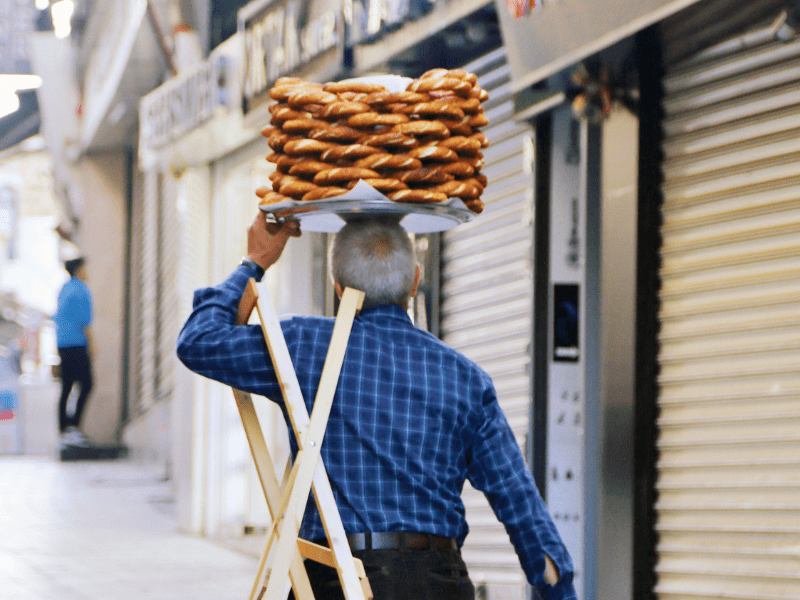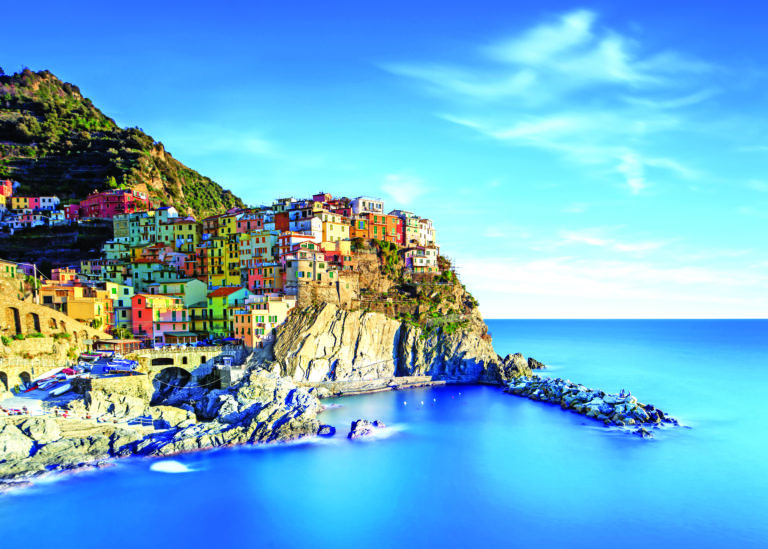It’s 10pm and I’m still buzzing, hopped up on a blend of sugar and caffeine – both of which I’ve consumed in copious amounts throughout the day. Most of my days in Turkey begin and end the same way: ordering strong and grainy coffee and insisting to the waiter that I really mustn’t have the baklava, before inevitably sliding into a spiral of honey heaven – devouring slices of the flaky, nutty treat, sometimes with a wedge of halva (a rich sesame dessert) on the side. It is an easy and addictive routine to fall into while taking in some of the country’s most fabled destinations.
The first time I visited Turkey, 20 years ago, I had no particular deadline to follow. I spent months visiting historic sites and towns along the Aegean Sea – moving on to my next destination when I had visited every bazaar and market; could rate each kebab shop out of 10; and knew all the dondurma (‘chewy’ mastic ice cream) sellers by name. But at the end of my dawdling days, I had still only barely scratched the surface of this fascinating, food-obsessed country.
This leisurely way of traversing the country is one I can no longer afford, time-wise – which makes guided trips like the ‘Turkey Unplugged’ journey offered by On The Go Tours far more appealing. This is like the ‘anti-tour’ of tours – there is plenty of flexibility in the itinerary, so you’re not committed to eating in tourist-trap restaurants. In fact, the majority of meals are at your leisure. You see all the most celebrated sites and attractions, and then have lots of free time to get lost in streets where lokum (Turkish delight) has been made for centuries.
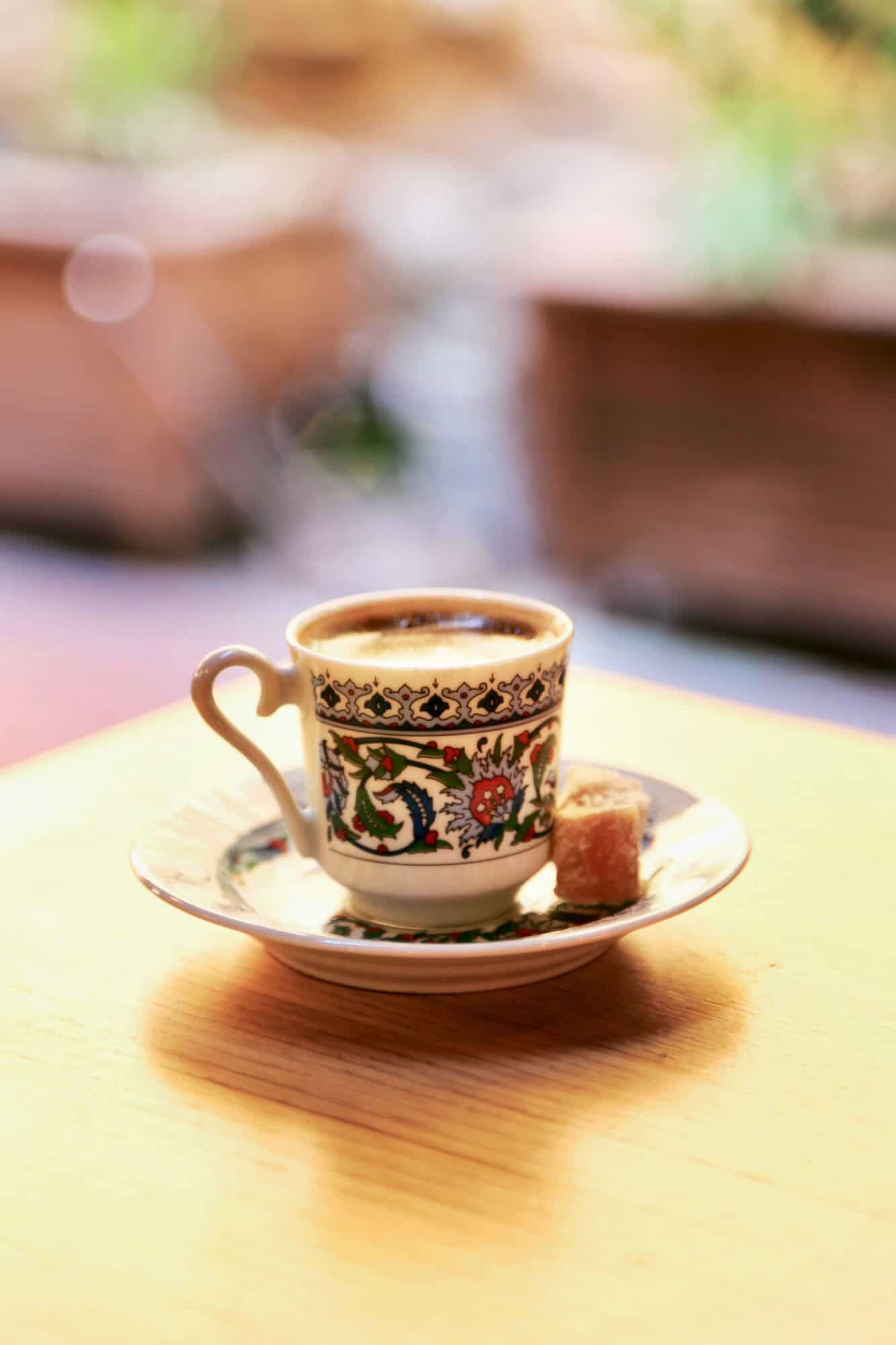
There’s one such place in Istanbul – arguably the prettiest city I’ve ever been. Grand, minaret-topped Ottoman mosques tower over the bazaars where vendors sell gorgeous hand-woven silk carpets, colourful tiles and more jewels than you could ever imagine.
Wizened men linger in cafés puffing on cherry-flavoured nargile (water pipes), and the aromas of grilled corn, roasted chestnuts and freshly baked simit bread waft from street peddlers. Ferries chug across the Bosphorous — the divider between Asia and Europe — causing havoc among the thousands of seagulls hoping for a crumb to fall from one of the fish sandwiches being served up along the river’s banks.
Cubes of many colours
Amidst it all is an establishment so legendary that it has had queues out its doors for two centuries. Haci Bekir is one of the 100 oldest companies in the world, doing a roaring trade in lokum. These jellied cubes come in hundreds of flavours — from pistachio and rose to pomegranate, cinnamon and even chocolate. These days, there are five Haci Bekir outlets around town, but the original is my favourite.
The surrounding streets are home to unpretentious restaurants where you can order wholesome meals to offset all the sugar. I order dolma (vine leaves or peppers stuffed with minced meat, eggplant and spices), baklali enginar (artichokes dressed in oil and lemon juice, served with beans), and borek (a pastry filled with meat, spinach and sour cheese). A perfect after-dinner drink is salep – a warm drink made from orchids and topped with cinnamon.
I could spend weeks just eating my way around Istanbul, but after touring three World Heritage sites (including Hagia Sophia — a huge Greek Orthodox cathedral turned Ottoman imperial mosque turned museum — and the Old Town’s Blue Mosque), we’re travelling south, bound for Gallipoli (Gelibolu). The region’s name means ‘beautiful city’, but as most will know, this was the site of one of the bloodiest battles during WWI. Crossing the Dardanelles by ferry offers panoramic views of the entire Gallipoli Peninsula, the outlook putting into perspective how utterly helpless the ANZAC troops would have been as they came ashore.
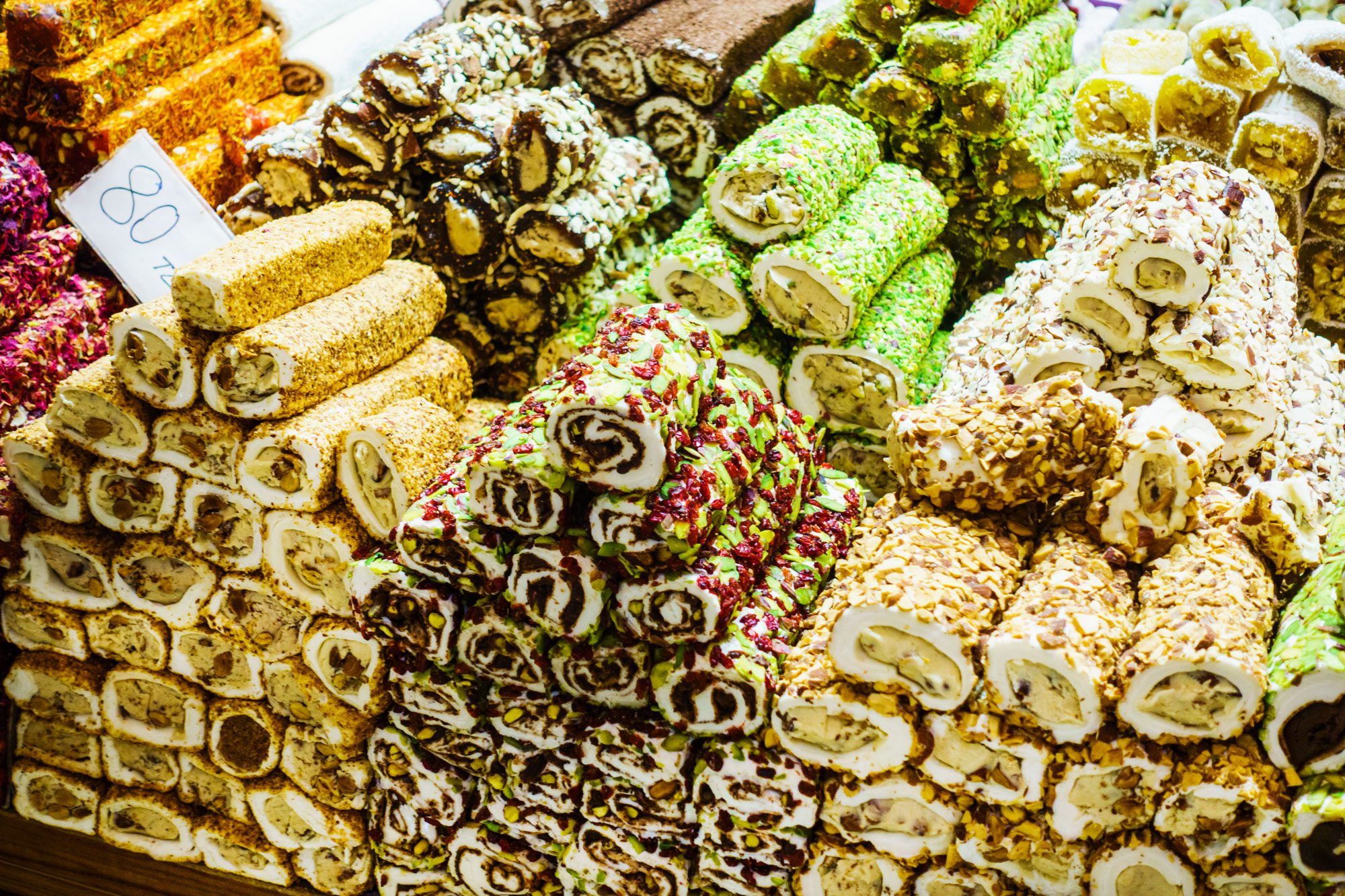
We leave behind olive and hazelnut trees and pick up groves of shiny pomegranates and tomatoes as the road weaves south toward Troy — the Bronze Age city attacked in the Trojan War – and then Kusadasi. This beachside hamlet is well-known for its pretty harbour, as well as its hilltop neighbourhood that resembles a rainbow. The houses are shades of yellow, blue, orange, green and purple—and the local government is hoping the entire town will soon be painted in similarly eye-popping hues.
It’s a bright backdrop for seafood shacks selling stewed octopus so tender I can cut it with a spoon, and midye dolma, a dish that sees mussels stuffed with rice and spices — just add a squeeze of lemon. Kusadasi is also the gateway to Ephesus, an ancient Greek city that is now one of the largest archaeological sites in the world. Its paved streets wind. past ancient squares, baths and ruins; not least the Temple of Hadrian — built before AD 138 for Emperor Hadrian’s visit. It was once an important trading centre: caravans would stop here to exchange jewels and spices for wine, mulberries, pomegranates and figs.
The bountiful produce has attracted drifters for centuries, and many regional restaurants are still styled in a nomadic tradition today — low- slung, carpetlined seats set under enormous canvas tents. Dishes served in these often-clamorous haunts are simple and tasty – menemen (baked eggs and vegetables, served with warm bread), perhaps, and many variations of gézleme (a type of flatbread layered with spinach and cheese and whatever minced meat takes your fancy).
The countryside we pass through after leaving Ephesus is dry and rocky – not exactly the most likely terroir for viticulture. But the Turks have adapted grape-growing techniques to suit this environment, nurturing the vines in ‘baskets’ close to the ground rather than in traditional rows. It takes us the best part of a day to drive north to Cappadocia, but we may as well have set a compass for Middle-earth.
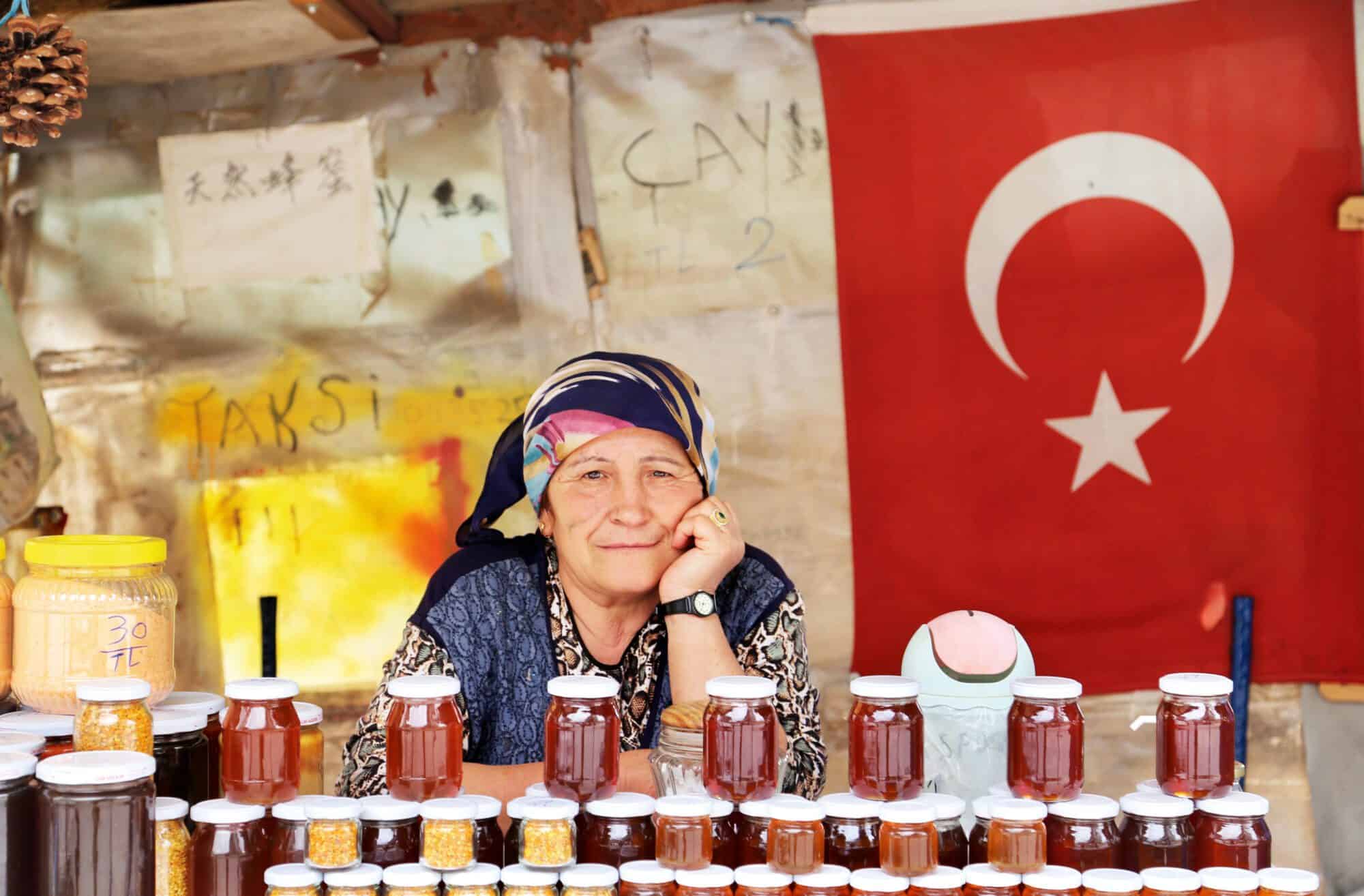
High upon an Anatolian plateau, Cappadocia is a landscape of volcanic ash eroded into incredible formations – ochre fields of giant mushrooms and craggy cones stretch for miles amid vineyards and orchards. As if the wild beauty alone wasn’t enough to make this a must-see destination, hundreds of beehive homes and once-secret churches are carved into the soft rock.
There are more than 30 underground cities in the valley — the largest was thought to be home to 50,000 people in its heyday. It is currently still being excavated, and is expected to open to visitors in 2023. I get a whole new look over the scene on a sunrise hot-air-balloon ride — the talented pilot manoeuvring our basket through gorges and over ridges before landing in the middle of a field for champagne and baklava.
Cave dining
Still glowing from the experience, I retire to the cherry-laced gardens of a cave restaurant where I order more morning fare. Turkish breakfasts are one of life’s great pleasures, and even modest hotels and dining rooms put out a sumptuous spread of ruby-red tomatoes, cucumbers, salty cheeses, yoghurt, honey, olives, and simit – the sesame bagel’s hunkier brother.
The autumn months see the fields around Cappadocia transformed into a patchwork of gold and orange; with pumpkin and squash used to create specialties like cigegi dolmasi (stuffed squash blossoms). This is on most menus, alongside manti (small pasta packets, generally filled with meat and served with a garlicky tomato sauce) and the stewed ‘pottery kebabs’ (testi kebabi).
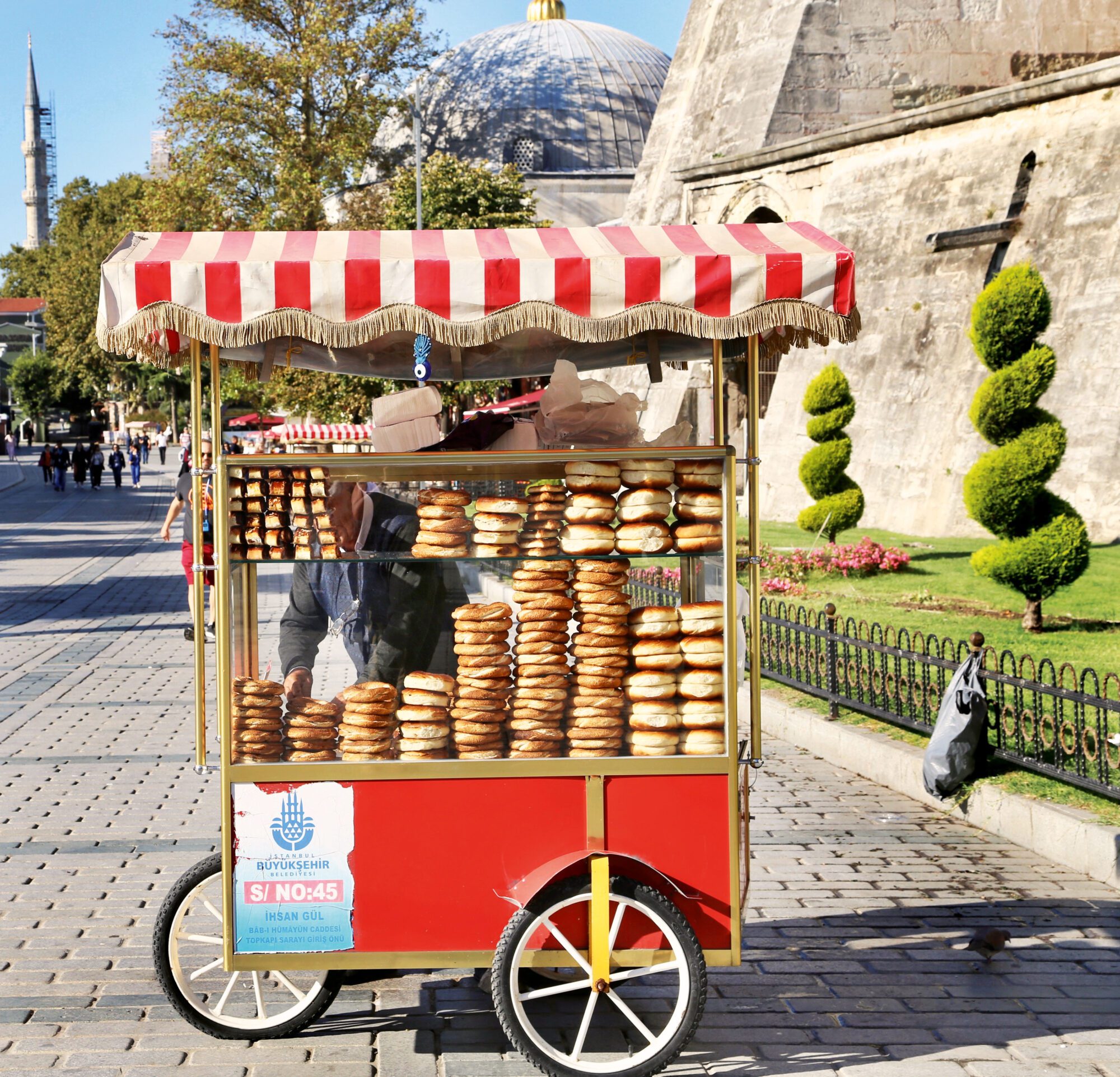
Lamb and beef pieces are slow-cooked with vegetables in sealed terracotta jars that are then smashed at the table to reveal tender meat swimming in a thick, flavourful braise. It’s at once comforting yet surprising, simple yet incredibly nuanced. It’s the kind of dish you return to Turkey for again and again —even if you have to wait two decades for another taste.
Fit for a pasha
You’ll want to linger in Istanbul before and after your tour, and the best place to do that is at the lavish Raffles Istanbul. Perched atop the Zorlu Center in the hip Besiktas neighbourhood, the hotel doesn’t let you forget where you are—more than 200 artworks were commissioned by Turkish creatives to decorate public areas, and Byzantine-style columns glitter under the weight of gold mosaics.
Be sure to book a hamam treatment in the spa —this is the ultimate place to have every inch of your skin buffed to perfection. Rooms designed in jewel tones come with handmade carpets and lanterns, not to mention enormous balconies overlooking the Bosphorus. Plan to spend a lot of time here-the constant show on the water is mesmerising, including ferries, fishing boats, sparkling yachts, hulking oil tankers, Greek cruise ships and even the occasional pod of dolphins.
Touring Turkey
On The Go Tours offers a number of journeys around Turkey, including the 10-day ‘Turkey Unplugged’. This trip covers 3,200km and takes in many of the country’s most fabled destinations and attractions. Knowledgeable guides are happy to offer advice on the best markets to visit to try olives, Turkish cheese and lokum, and they will also point out restaurants serving up regional specialties as you traverse the country.
Top 12 foods to eat in Turkey
- Baklava: One of the most iconic foods of Turkey, the sweet, flaky, nutty baklava is a must-try.
- Halva: A rich sesame dessert, sometimes served alongside baklava.
- Dondurma: A ‘chewy’ mastic ice cream that’s a common street food in Turkey.
- Lokum: Also known as Turkish delight, these jellied cubes have been made for centuries and come in hundreds of flavours, including pistachio, rose, pomegranate, cinnamon and even chocolate.
- Simit: A type of circular bread, typically covered in sesame seeds, the humble simit is one of the best foods to eat in Turkey.
- Salep: This warm drink is often served after dinner, and is made from orchids and topped with cinnamon.
- Menemen: A delicious traditional dish in Turkey, menemen consists of baked eggs and vegetables, served with warm bread.
- Gézleme: There are many variations of this layered flatbread, ranging from spinach and cheese, to minced meat.
- Turkish breakfasts: You can’t visit Turkey, without sampling a traditional breakfast. Even modest hotels and dining rooms put out a sumptuous spread of ruby-red tomatoes, cucumbers, salty cheeses, yoghurt, honey, olives, and simit.
- Cigegi dolmasi: During the autumn months, pumpkin and squash are used to create the Turkish specialty cigegi dolmasi, stuffed squash blossoms
- Manti: Another autumn dish, manti is a type of pasta generally filled with meat and served with a garlic, tomato sauce.
- Testi kebabi: These stewed ‘pottery kebabs’ are made with lamb and beef, slow-cooked with vegetables in terracotta jars. then smashed at the table to reveal a tender meat swimming in a flavourful braise.
Travel photography: Natasha Dragun, Alex Azabache, Jao Marcelo Martins


